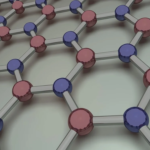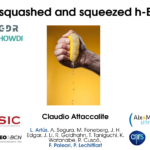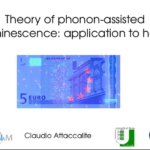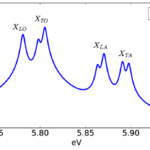Exciton-phonon coupling tutorial
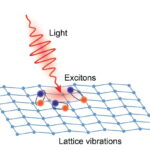
A new tutorial on exciton-phonon coupling in Yambo is available. In this tutorial we will show how to generate exciton-phonon matrix elements and calculate phonon-assisted absorption and emission. In the last part of the tutorial the exciton-phonon matrix elements will be used to calculate exciton life-time. The tutorial is based on a preliminary version of… Read More
